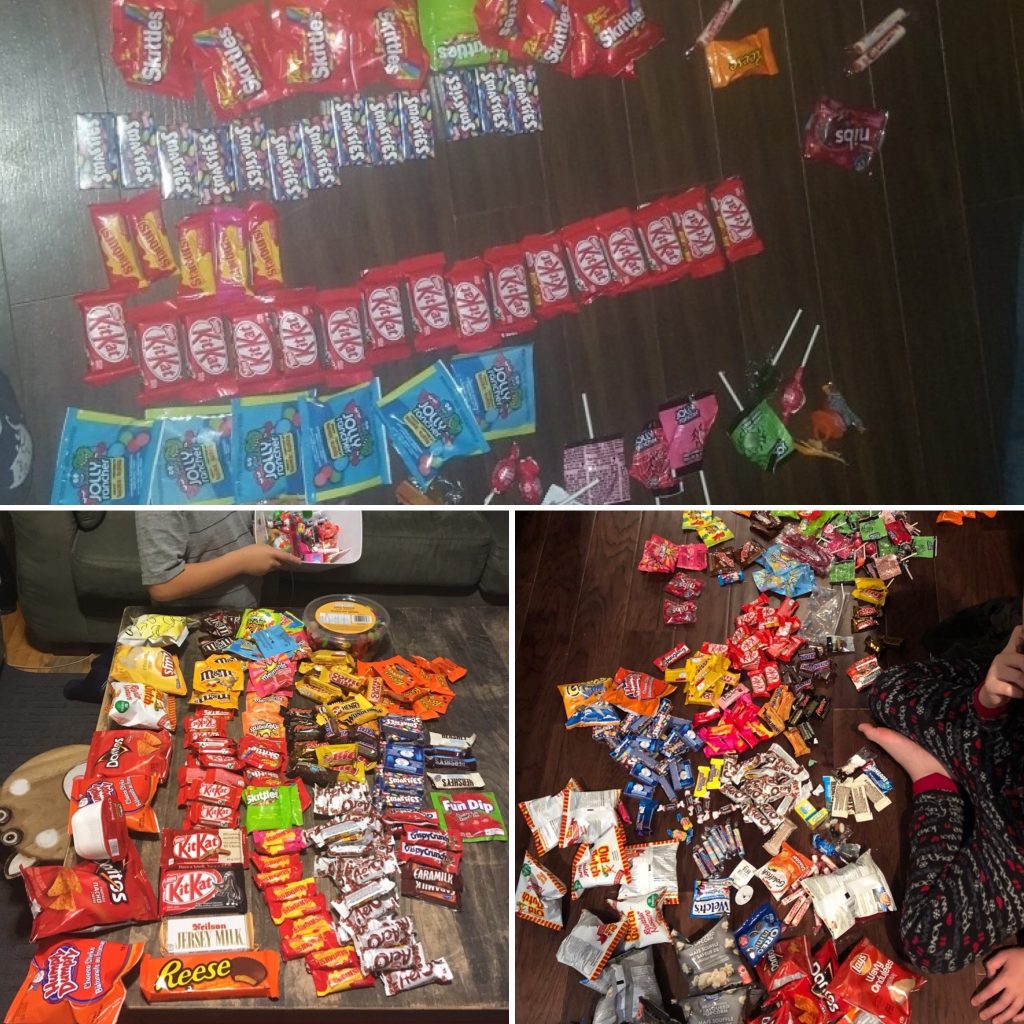I state the obvious when I say that teaching is a demanding job. If you are reading this, you are most likely a teacher and this is not news to you. I’d like to highlight a resource that feeds the soul of a teacher (and quite frankly a human being) while also providing some strategies for integrating that soul feeding into your classroom practice for your students. Wait, what…that exists? It is a website from Brene Brown called Daring Classrooms. If you haven’t heard of her yet, you can find “The Call to Courage” on Netflix and/or her Ted Talk on Vulnerability. She is inspirational in leadership, in life and in work. Here is a snippet from her #DaringClassrooms website:
“Teachers are some of our most important leaders. We know that we can’t always ask our students to take off the armor at home, or even on their way to school, because their emotional and physical safety may require self-protection.
But what we can do, and what we are ethically called to do as teachers, is create a space in our schools and classrooms where all students can walk in and, for that day or hour, take off the crushing weight of their armor, hang it on a rack, and open their heart to truly being seen.
Teachers are the guardians of spaces that allow students to breathe and be curious and explore the world and be who they are without suffocation. Students deserve one place where they can rumble with vulnerability and their hearts can exhale.
And what I know from the research is that we should never underestimate the benefit to a child of having a place to belong—even one—where they can take off their armor. It can and often does change the trajectory of their life.
Teachers: Everyday should be Teacher Appreciation Day. I am so grateful for you and your willingness to show up and create brave, safe spaces where our children can learn, grow, and be seen.”
Some of the short (8-12 minute) video resources from Daring Classrooms include:
How do we avoid the pressure to please?
How do teachers manage oversharing?
How do we help parents understand failing as part of the learning process?
Does the word “disappointed” shame students?
In addition to the video resources there are free downloads for resources, parenting the classroom and daily life. There are pdfs that you can print out for working with students. My favourite one is the list of core emotions. Sometimes when students have triggers they can’t always name or explain the emotion that caused the trigger in behaviour. Being able to learn about the names and the definitions of core emotions is helpful for students to self-regulate.
Every year in a classroom brings new challenges. In fact, every day in a classroom will bring on a new challenge. I hope that as you lead your own #DaringClassroom you will find this resource helpful and that it may feed your teacher soul.


